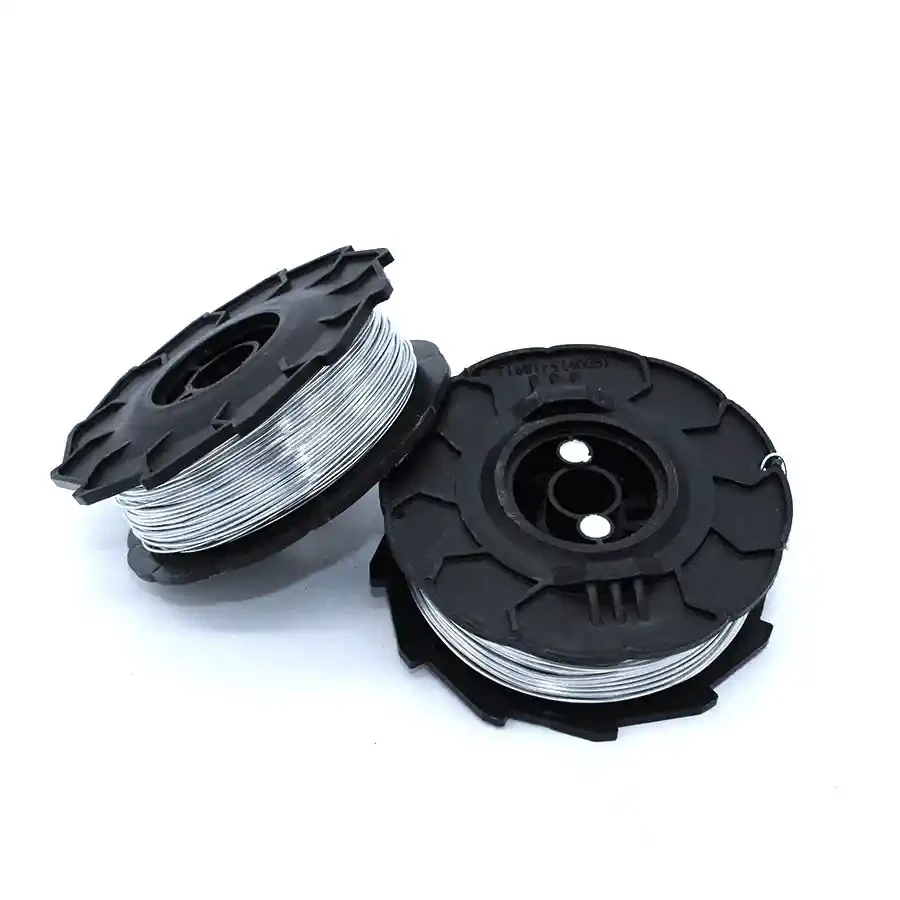
- Mobile Phone
- +8613931874955
- sales@cntcmetal.com
long compression springs
Understanding Long Compression Springs Design, Applications, and Benefits
Long compression springs are a specific type of mechanical spring designed to provide resistance to compressive forces. They are widely used in a variety of applications due to their unique characteristics. This article seeks to delve into the design principles, applications, and benefits of long compression springs, highlighting their significance in various industries.
Design Principles
At its core, a long compression spring features helical coils that are closely wound. Unlike standard springs that may have a more compact or uniform design, long compression springs are elongated, which allows them to compress over a greater distance without losing their structural integrity. The basic parameters that determine the performance of these springs include wire diameter, spring diameter, number of active coils, and the material used.
1. Material Selection Long compression springs are commonly made from high-carbon steel, stainless steel, or other alloys. The material choice affects the spring's tensile strength, fatigue resistance, and overall durability. For applications that require corrosion resistance, stainless steel springs are often preferred.
2. Coil Design The spacing between coils is crucial for ensuring that the spring operates efficiently without binding or sticking during compression. Engineers must consider the free length of the spring, which is the length when not under any load, and the spring's elastic limit to prevent permanent deformation.
3. Manufacturing Techniques Advanced manufacturing methods, such as cold coiling and hot coiling, can greatly influence the performance characteristics of long compression springs. Cold coiling typically results in a stronger and more precise spring, while hot coiling is often used for larger diameters and higher loads.
Applications
Long compression springs find utility in numerous sectors, including
- Automotive Industry These springs are crucial in various automotive components, such as suspension systems, where they absorb shocks and provide stability. They are also used in mechanisms like clutches and throttle controls.
- Aerospace In the aerospace sector, long compression springs are used in actuators and control systems, where reliable performance and weight reduction are paramount.
long compression springs

- Industrial Machinery Equipment such as conveyors, presses, and assembly line tools often utilize long compression springs to provide necessary mechanical force and maintain operational efficiency
.- Consumer Goods Everyday items, such as mattresses, ballpoint pens, and mechanical toys, often incorporate long compression springs, illustrating their versatility.
Benefits of Long Compression Springs
The advantages of long compression springs are multifaceted
1. Space Efficiency Their elongated design allows for effective use in tight spaces, making them ideal for compact machinery and devices where length restrictions are an issue.
2. Variable Load Capabilities Long compression springs can be engineered to provide a range of load capacities, from light-duty to heavy-duty applications, depending on the specific requirements of the project.
3. Durability and Longevity With the right material and manufacturing process, long compression springs can provide exceptional durability and withstand repeated cycles of compression, which is crucial in high-demand environments.
4. Customization These springs can be customized in terms of length, diameter, and load specifications, providing solutions tailored to specific applications and requirements.
Conclusion
In summary, long compression springs play a critical role in numerous applications across various industries. Their unique design, versatility, and benefits make them an essential component in modern engineering and manufacturing. By understanding the principles of their design, and recognizing their applications and advantages, engineers and designers can effectively incorporate long compression springs into their projects to enhance performance and reliability. As technology continues to advance, the significance of these springs will likely continue to grow, solidifying their place in the future of mechanical design.
share:
-
Wall Ties for Concrete: Invisible Guardians of Building Structural StabilityNewsAug.08,2025
-
Timber Frame Wall Ties: Stable Bonds for Load TransmissionNewsAug.08,2025
-
Stainless Steel Woven Wire Mesh: A versatile material from boundary protection to functional supportNewsAug.08,2025
-
Powder Coat Coil Springs: Creating peace of mind and reliability with sturdy protectionNewsAug.08,2025
-
Floor Standing Sign Holder: A Powerful Assistant for Flexible DisplayNewsAug.08,2025
-
Binding Iron Wire: An Invisible Bond for Building StabilityNewsAug.08,2025
-
Yard Sign Stakes: Reliable Guardians of Outdoor SignsNewsAug.04,2025



















